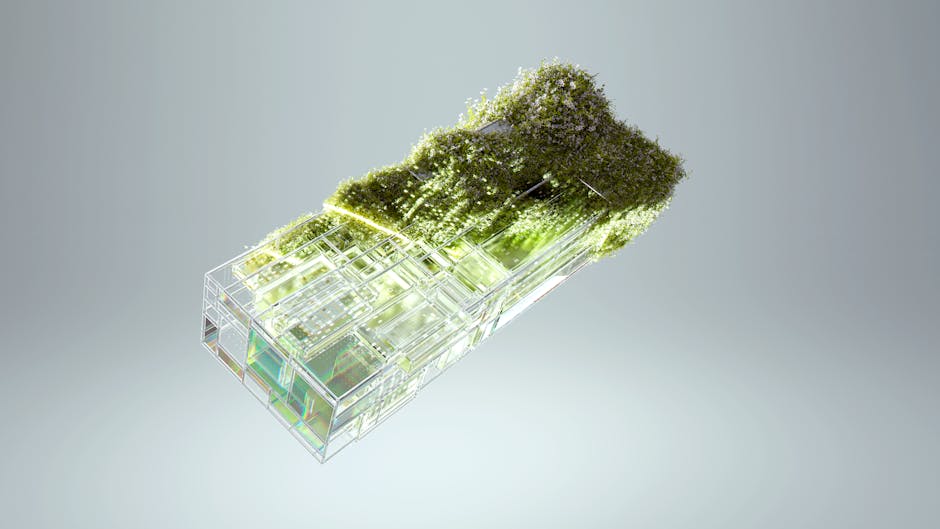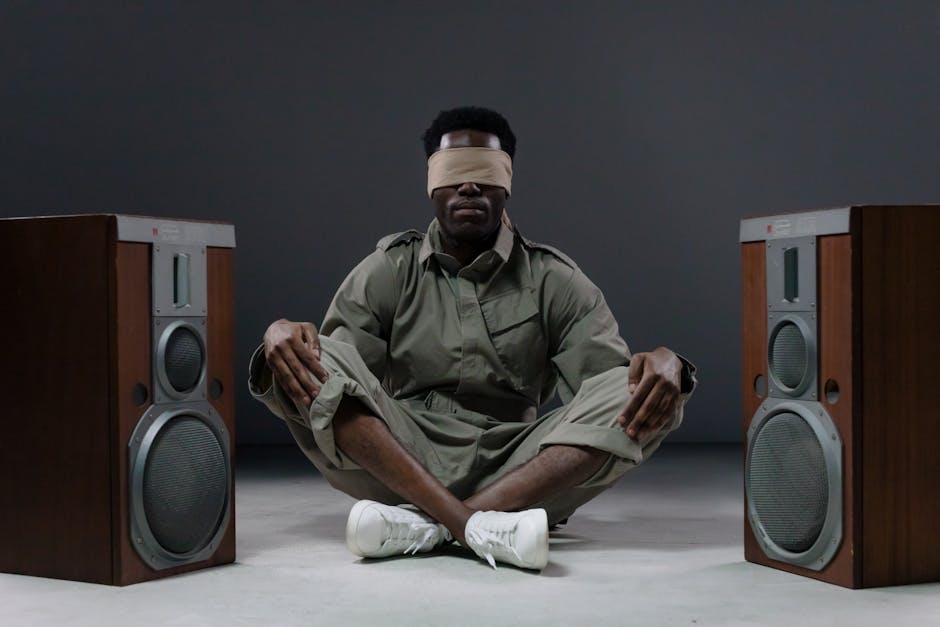The Future of EVs and Art: How Aesthetics Drive Eco-Design Trends
As we accelerate into a future dominated by electric vehicles (EVs), the intersection of eco-conscious design and automobile aesthetics has never been more fascinating. The way cars look is gradually shifting from mere functionality to an expression of artistic vision. This evolution not only impacts consumer choice but also signifies a deeper commitment to sustainability in automotive manufacturing. Are you ready to explore how the future of EVs is influenced by art and design?
The push toward electric vehicles isn't just about reducing carbon footprints; it’s also about embracing a lifestyle that values aesthetics alongside performance. In this article, we’ll delve into how car aesthetics are shaping eco-conscious design, drawing connections between innovation, sustainability, and artistic expression in the automotive industry.
The Intersection of Art and Sustainability in EV Design

The design of electric vehicles has transcended traditional engineering to embrace a form of artistry that resonates with the environmentally aware consumer. As sustainability takes center stage, designers are seeking new materials, forms, and concepts that disrupt conventional automotive aesthetics. This new wave promotes the idea that electric vehicles can be not only eco-friendly but also visually compelling and reflective of the artistry in their design.
For instance, brands like Tesla, Polestar, and BMW are pushing the envelope. Tesla's sleek lines and minimalist dashboard designs emphasize modernity while still addressing eco-friendly materials. Meanwhile, Polestar has garnered attention for its commitment to sustainability, utilizing recycled plastics and vegan materials without compromising aesthetics.
The Role of Material Innovation in EV Aesthetics

Material choice plays a crucial role in transforming how electric vehicles are perceived. Traditional automobile manufacturing often relied on materials such as leather and metals. In contrast, the future of EV design is shifting towards sustainable materials like plant-based fabrics and recycled composites. Such innovations cater to eco-conscious consumers who want their purchases to reflect their values.
Consider renowned automotive designers who are experimenting with bioplastics and carbon fiber derived from renewable sources. This leap toward sustainability not only enhances the aesthetic appeal of vehicles but also sets a new standard within the automotive industry.
Green brands are not just focusing on eco-friendly materials; they’re also embedding artistry into the design process. The integration of biophilic design—where natural forms and materials are incorporated into product design—helps create vehicles that resonate with both nature and consumers. This design philosophy emphasizes organic shapes and earthy tones, appealing to buyers eager for an aesthetic that aligns with their environmental ideals.
The Influence of Color Psychology on EV Design

Did you know that the color of a vehicle can heavily influence how we perceive its ecological friendliness? According to studies by Harvard Business Review, certain colors evoke emotions that can affect consumer behavior. Neutral, earthy tones such as greens and browns are often associated with sustainability, while vibrant colors can signify innovation and modernity.
Manufacturers are now tailoring their color palettes to communicate a car’s sustainable nature. This meticulous approach not only elevates the vehicle's artistic expression but also reinforces its eco-friendly identity. With color psychology playing such a significant role, the challenge lies in balancing aesthetics with environmental messaging—making it one of the most exciting dimensions of EV design today.
The Impact of User Experience on EV Design

Now that the aesthetics of electric vehicles are more scrutinized, the focus has shifted to user experience (UX). Car interior designs that were once utilitarian are now being transformed into immersive environments. Companies are layering comfort with technology, creating serene cabins that evoke a sense of tranquility usually absent from traditional vehicles.
Elements such as ambient lighting and ergonomic seating contribute to a peaceful journey, making the driving experience feel more like an artistic journey than a simple commute. Integrating augmented reality technology creates opportunities for customization, enhancing the overall experience. You can read more about these advancements and how they enhance the user experience in our article about augmented reality in EVs.
Driving the Design Narrative: Collaborations with Artists

Art isn't confined to galleries and studios; it's infiltrating the automotive industry as manufacturers seek out collaborations with artists and designers. Contemporary artists now contribute unique touches to the design of electric vehicles, making select models masterpieces in their own right.
For example, some brands have enlisted the expertise of renowned artists to paint unique designs on their EVs, making art an integral part of their aesthetic appeal. This artistic collaboration not only raises awareness about sustainability but also invites consumers to view electric vehicles as canvases, presenting an opportunity for personal expression.
Such partnerships highlight how artistic influence shapes vehicle aesthetics, reinforcing the message that eco-conscious design can also be captivating. By merging functionality with art, manufacturers create cars that are not only good for the planet but incredibly captivating to own.
The Future of EV Aesthetics: Trends to Watch

As we gaze into the crystal ball of automotive design, a few emerging trends indicate where the future of electric vehicles is heading. First, we will see minimalist designs taking precedence as designers favor simplicity and functionality over clutter. Users are asking for cars that do more with less—less weight, less complexity, and more focus on sustainable luxury.
Next, the trend of personalization will grow. Consumers are showing heightened interest in bespoke choices for their electric vehicles, from customizable colors to tailored interiors. More manufacturers are expected to invest in technologies that allow for user-specific designs, ensuring that individual preferences do not compromise sustainability.
Finally, look for dynamic textures and surfaces that change with the environment. Imagine a car that adapts its color or surface texture based on the weather or the mood of the driver. By integrating AI technologies with artistic vision, the potential for innovation expands significantly in the automobile industry.
The Impact of EVs on Urban Planning and Design

The rise of electric vehicles is also reshaping urban landscapes. With many cities pushing for greener initiatives, urban architects are considering how EVs affect city planning, transportation, and public spaces. Electric vehicle charging stations are being integrated into parks and community areas, transforming how we view cars in urban environments.
Green roads for EVs are not just about technology; they are about aesthetics too. Countries worldwide are reimagining urban design to support greener landscapes, enabling drivers to connect with nature even in bustling cities. These urban green spaces, where nature intertwines with technology, enhance community engagement and underscore the relationship between ecological sustainability and contemporary design.
Final Thoughts on Aesthetics and Sustainability in EV Design
The future of electric vehicles is not solely about the technology encapsulated within the shiny exteriors; it's also about the story they tell through design. As EVs evolve, they become vessels of artistic expression, showcasing the beauty of sustainability.
With innovative materials, collaborations with artists, and an emphasis on user experience, the automobile industry is paving a new pathway that harmonizes eco-conscious design with artistic innovation. This evolution will lead to an era where electric vehicles are not just vehicles; they are statements about our values and hopes for the future.
As you continue to explore this emerging landscape, remember that your next vehicle purchase can be not only a choice of transportation but an investment in a more sustainable future. Will you embrace the beauty of eco-conscious design when making your next automobile decision? The future of our roads is bright—aesthetic and electric, driven by art and sustainability.



